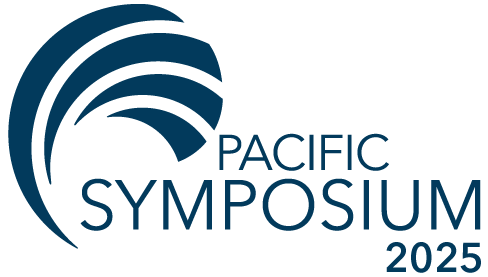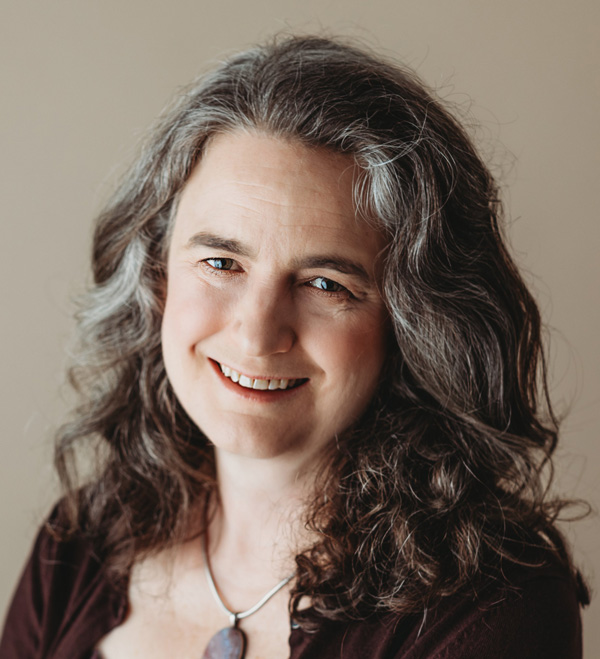This class will provide tips and strategies for how to restore the health and appearance of the face by improving connective tissue function and stimulating lymphatic drainage using manual techniques such as massage, facial gua sha, face cupping, and microcurrent. These techniques will also be demonstrated.







